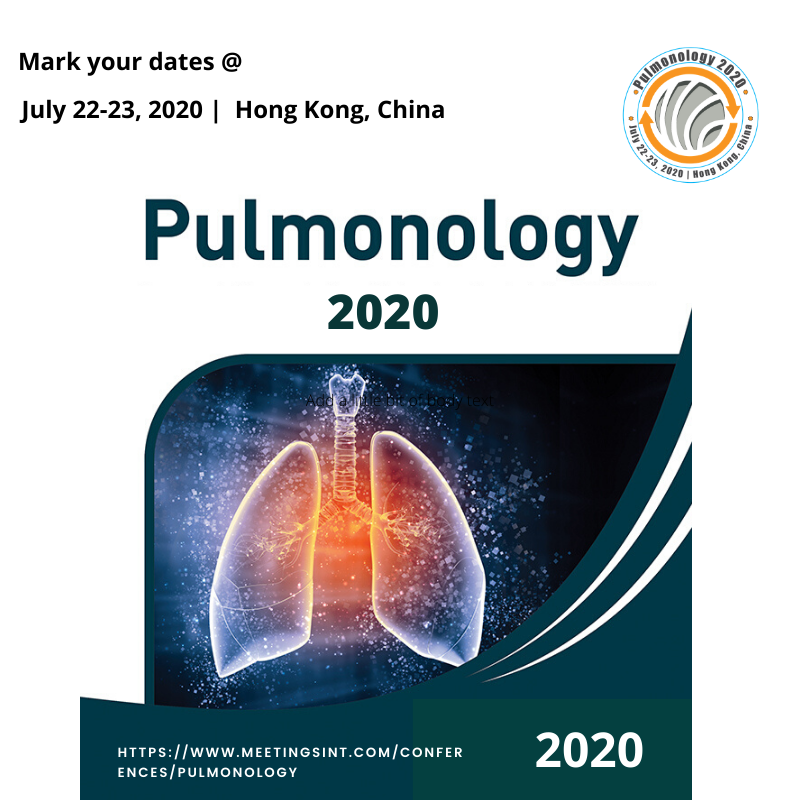Conferences
Conference Details
DESCRIPTION Bioimaging is a term that covers the complex chain of acquiring, processing and visualizing structural or functional images of living objects or systems, including extraction and processing of image-related information. Examples of image modalities used in bioimaging are many, including: X-ray, CT, MRI and fMRI, PET and HRRT PET, SPECT, MEG and so on. Medical imaging and microscope/fluorescence image processing are important parts of bioimaging referring to the techniques and processes used to create images of the human body, anatomical areas, tissues, and so on, down to the molecular level, for clinical purposes, seeking to reveal, diagnose, or examine diseases.
Date :
Place : Portugal, Santa cruz
Contact Person:Paula Edwards
Description:
DESCRIPTION Bioimaging is a term that covers the complex chain of acquiring, processing and visualizing structural or functional images of living objects or systems, including extraction and processing of image-related information. Examples of image modalities used in bioimaging are many, including: X-ray, CT, MRI and fMRI, PET and HRRT PET, SPECT, MEG and so on. Medical imaging and microscope/fluorescence image processing are important parts of bioimaging referring to the techniques and processes used to create images of the human body, anatomical areas, tissues, and so on, down to the molecular level, for clinical purposes, seeking to reveal, diagnose, or examine diseases.DESCRIPTION Bioimaging is a term that covers the complex chain of acquiring, processing and visualizing structural or functional images of living objects or systems, including extraction and processing of image-related information. Examples of image modalities used in bioimaging are many, including: X-ray, CT, MRI and fMRI, PET and HRRT PET, SPECT, MEG and so on. Medical imaging and microscope/fluorescence image processing are important parts of bioimaging referring to the techniques and processes used to create images of the human body, anatomical areas, tissues, and so on, down to the molecular level, for clinical purposes, seeking to reveal, diagnose, or examine diseases. will be held in Santa cruz,Portugal on date 2018-01-21
Deadline for abstracts/proposals : 18th January 2018
Organized By :New York Events List
Keynote Speakers : Corina Sas Lancaster University United Kingdom Brief Bio Dr Sas builds on extensive expertise is Human Computer Interaction and user experience to design technologies for wellbeing and health, including those for self-monitoring, self-awareness and self-regulation. She has been Associate Chair for the top ACM Computer Human Interaction and Designing Interactive Systems conferences, Chair of British Human Computer Interaction conference, and served in Programme Committees in over 20 con
Conference Highlights :CONFERENCE CO-CHAIRS Hugo Gamboa, LIBPHYS-UNL / FCT - New University of Lisbon, Portugal Ana Fred, Instituto de Telecomunicações / IST, Portugal Sergi Bermudez i Badia, Madeira Interactive Technologies Institute/Universidade da Madeira, Portugal PROGRAM CHAIR Sheldon Wiebe, University of Saskatchewan, Canada KEYNOTE SPEAKERS Anatole Lécuyer, Inria Rennes/IRISA, Hybrid Research Team, France Corina Sas, Lancaster University, United Kingdom Dinesh Kumar, RMIT University, Austr
Venue :Santa Cruz, Portugal
Check the event website for more details.

